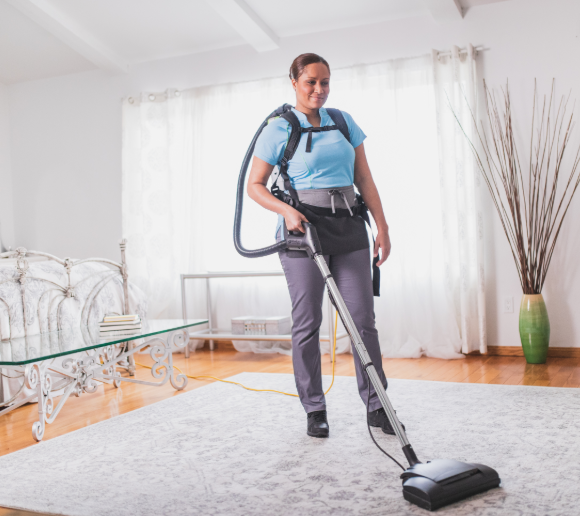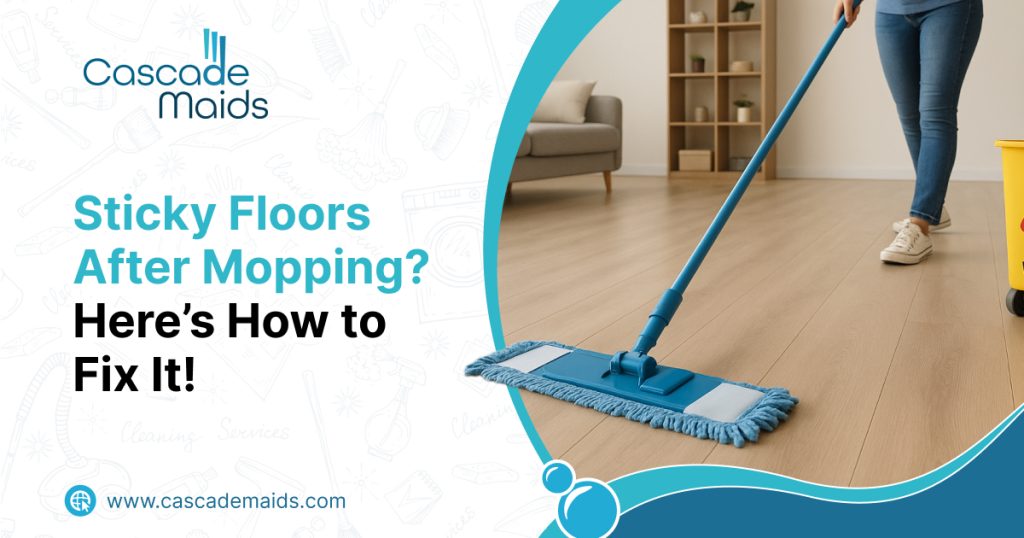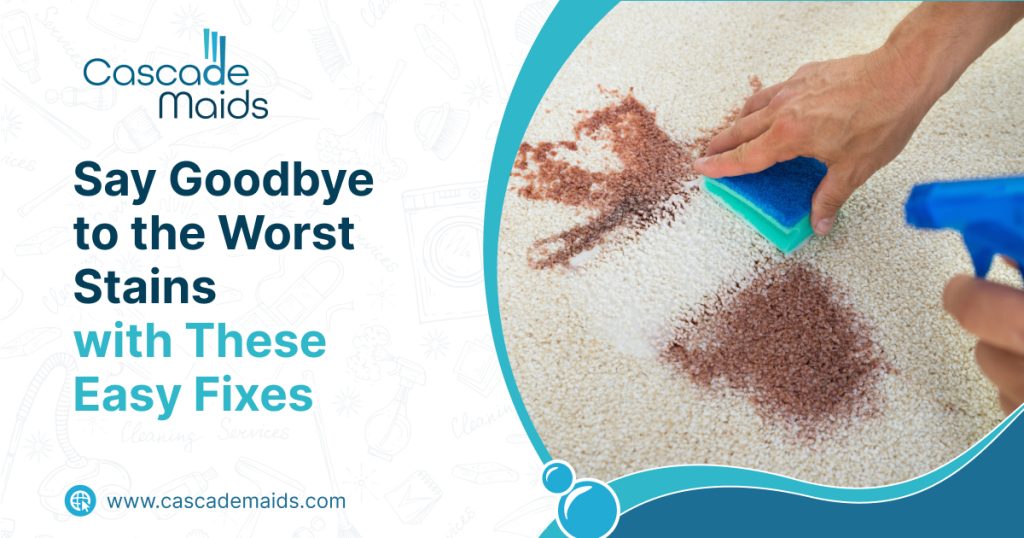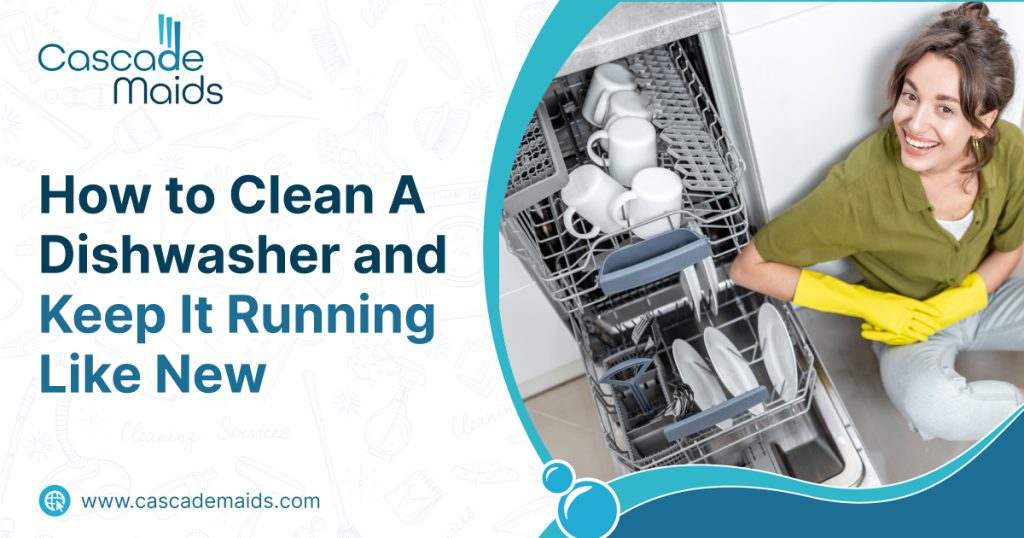Vacuum cleaners on the current market have what look like impressive specifications and sophisticated features, and yet the industry has very little standardization if any. In order to make sure you invest your money and time wisely when buying a new vacuum, then you need to know the industry terminology and have good questions to ask anyone hoping to sell you one of their machines.
Corded VS Cordless: In terms of corded models, be mindful of the cord length and cord storage. Length will impact how often you have to stop cleaning and switch power outlets given room sizes or layouts, while cord storage might be wound or retractable; retractable obviously sounds easier, but will the mechanism stay reliable for very long? Your biggest concerns for cordless models are going to be the run time and the weight; modern battery technology is making leaps and bounds in its advancements, and yet the majority of cordless units are still pretty heavy and still have limited operation before they run out of juice.
Kind: For residential usage, vacuum cleaners tend to be upright, canister, and stick. Other types might include handheld, wet/dry, central, backpack, and robotic. Figuring out which kind is going to work best for your home is going to depend on numerous factors. They include room sizes, the ratio of carpeted floors to non-carpeted surfaces, open spaces in between furniture, how plush the carpeting is, and how many staircases and levels are in a home. You also need to factor in normal soil conditions, be it beach sand, pet hair, or the like, as well as whether or not you have to vacuum things other than floors, such as molding, blinds, furniture, or stairs.
Performance: In terms of performance, you need to consider three crucial subfactors. They are filtration, static lift, and airflow. Two of them, static lift and airflow, work together to define the total suction power of a machine, which its ability to actually pick up particles.
–Airflow – Residential machines have an airflow ranging from 50 up to 100 CFM, whereas specialized industrial machines might have a CFM of over 300! Unfortunately, too many residential vacuum makers don’t even report this particular value.
–Static lift – Also known as water lift, this is a measurement of how many inches of water the machine can suck up through a closed tube. This is measured in controlled lab experiments, so don’t try this at home. It’s done to highlight the raw suction power of a certain machine, which in practical terms tells you the maximum weight of an object the vacuum can lift off the ground, through its hosing, and into the storage space once an airflow moves all the dirt particles that are in range.
–Filtration – This impacts the clean air that’s outside of the vacuum, which manages the ability of any vacuum cleaner to capture particles and remove them instead of just throwing them up or putting them back into the air. Common kinds of filtration include standard, micro-allergen, and HEPA, which is short for high-efficiency particulate air. If you have any allergy sufferers living in your home, then you certainly want to get HEPA-style filtration. These vacuums are the only ones that can keep microscopic particles from getting back into the air, and those include allergens such as mold spores, cigarette smoke, and pollen.
There’s much more to learn about selecting the right vacuum get in contact with your local house cleaning professional so we can take the burden off and do it for you.





